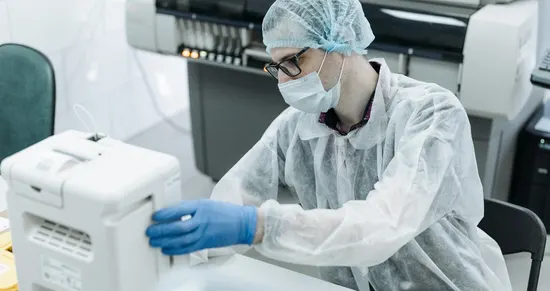Impact of MDR and IVDR Deadline Extensions: Effects on Legacy Device Holders and First-Time Applicants
At a meeting in Brussels dated Dec 9th 2022, the EPSCO proposed an extension to the transition date for Regulation (EU) 2017/745 (MDR) and Regulation (EU) 2017/746 (IVDR).
About 23,000 certificates issued under the old medical devices directives (MDD) have yet to transition to the MDR. Even by implementing the 19 contingencies outlined by the Medical Device Coordination Group (MDCG) in October 2022, there is no chance that number will be substantially reduced by May 2024.
EU commissioner Stella Kyriakides reflected strongly on the lack of lifesaving medical devices and the risk it can cause to patients. These concerns are well supported by all member states, notified bodies, and medical device industries.
The EU Commission is now under grave pressure to propose amendments on how they will cater to this concern.
Proposed MDR IVDR Amendments: Extended Deadlines, Transitional Periods & Key Conditions
To address the risk, Stella announced that the commission has proposed a targeted amendment of the MDR and IVDR, which could include the following based on the input received so far from national experts and stakeholders
- an extension of the transitional period provided in Article 120(3) MDR based on the risk classification of the device. The proposed deadlines are anticipated to be 2027 for class III and class IIb devices (i.e. higher risk devices) and 2028 for class IIa and class I devices (i.e. lower risk devices), which require notified body conformity assessment;
- if needed for legal and practical reasons (including for access to third-country markets), an extension of the validity of certificates issued under Council Directives 90/385/EEC and 93/42/EEC by amending Article 120(2) MDR along with the extension of a transitional period for such devices.
- However, to be eligible to take benefit of these extended timelines, there shall be preset conditions to be fulfilled. The devices should not present any unacceptable risk to health and safety and should not have undergone trivial changes in design or intended purpose. Furthermore, it is paramount that the manufacturers have already undertaken the indispensable steps to launch the certification process under the MDR, which can include the revision of their quality management system to the requirements of the EU MDR and submission and/or acceptance of the manufacturer’s application for conformity assessment by a notified body before the specified deadline that for now is 26 May 2024
- the removal of the ‘sell off’ provision in Article 120(4) MDR and Article 110(4) IVDR.
To find more information on the Extension of EU MDR you can refer to the below links
Implementation of the Medical Device Regulation – Information from the Commission
Medical Device Coordination Group Document
What is the new EU MDR transition deadline?
The European Union has extended the transition deadlines for compliance with the Medical Device Regulation (MDR) 2017/745, providing manufacturers additional time to meet the new requirements. The updated deadlines are as follows:
- May 26, 2024: Manufacturers must have submitted an application for MDR conformity assessment to a designated Notified Body by this date.
- September 26, 2024: Manufacturers are required to have a quality management system in place and an agreement with the Notified Body by this date.
- December 31, 2027: Devices classified as lower risk (e.g., Class IIa and certain Class IIb devices) must achieve MDR compliance by this date.
- December 31, 2028: Higher-risk devices (e.g., Class III and certain Class IIb implantable devices) must comply with MDR requirements by this date.
These extensions aim to ensure a smooth transition and prevent potential shortages of medical devices in the EU market. Manufacturers should utilize this additional time to align their products and processes with MDR standards, ensuring all necessary applications and agreements are in place by the specified deadlines.
Suggested Read:
Importance of Clinical Data in EU MDR Compliance & Device Safety
What is the new transition period deadline for IVDR?
The EU has extended IVDR (In Vitro Diagnostic Regulation) transition deadlines:
- Class D Devices: Until December 31, 2027
- Class C Devices: Until December 31, 2028
- Class B and Class A Sterile Devices: Until December 31, 2029
These extensions apply to devices placed on the market under IVDD before May 26, 2022, without significant design changes, and require a compliant Quality Management System by May 26, 2025. The goal is to ensure a smooth market transition.
We must all await the final proposal from the EU commission, which is anticipated to be released beginning next year, to further conclude on the validity of our current certification; nevertheless, our efforts to comply with the new regulation should continue. We must update our Quality Management Systems with the requirements mentioned in the regulation and simultaneously perform gap assessments of our technical documentation as these are the pre-requisites to avail this benefit and will be verified by notified bodies in the subsequent surveillance audits or whenever we apply to them for extensions of our current certificate validity.
Addressing EU MDR and IVDR Transition Concerns
In lieu of this discussion, multiple clients have approached us with a multitude of doubts and confusion, and to address them, we have prepared FAQs that have been answered based on our understanding and experience.
Author: Khushboo Chhajer






